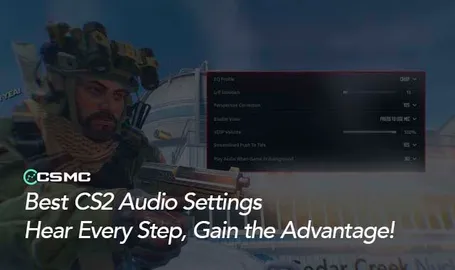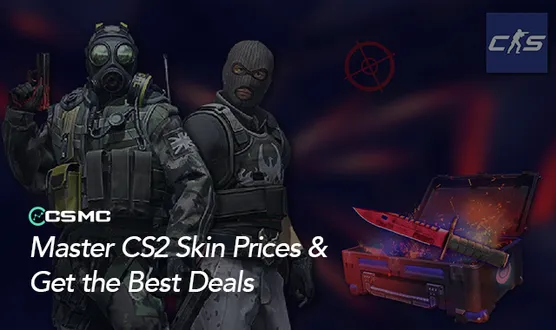Managing your in-game economy in Counter-Strike (CS) is as crucial as your aim or map awareness. A well-planned economy can determine the outcome of a match, giving you the necessary resources to execute strategies effectively. This guide explores the fundamental and advanced strategies professional players use to manage their finances, helping you optimize your spending, coordinate with teammates, and maximize your impact in every round.
Understanding the CS In-Game Economy
The economy system in CS is designed to reward performance and strategic planning. Players earn money based on their actions, including kills and objective completions, and they must decide how to allocate their funds efficiently. Maintaining a strong financial position ensures that players can continuously afford optimal equipment and utilities throughout a match.
How Money is Earned in CS
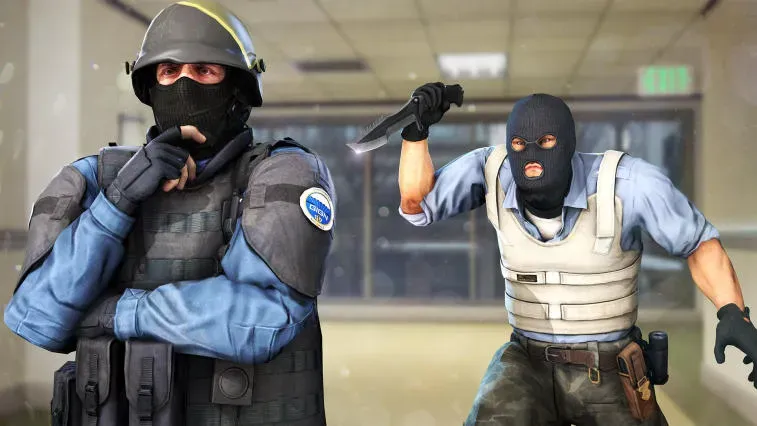
Winning the round: Teams receive a set amount based on whether they eliminated all enemies, defused the bomb, or secured a time-based victory.
Losing the round: The losing team receives a scaled loss bonus, increasing with consecutive losses to help balance the game.
Kill rewards: Players earn money for eliminating enemies, with different amounts depending on the weapon used.
Objective-based rewards: Teams gain additional funds for planting or defusing the bomb, reinforcing strategic play.
Kill Rewards
Pistols: $300 per kill (CZ75-Auto: $100)
Shotguns: $900 per kill
SMGs: $600 per kill (P90: $300)
Rifles & Sniper Rifles: $300 per kill (AWP: $100)
Knife: $1500 per kill
Grenades: $300 per kill
Victory and Objective Rewards
Eliminating all enemies: $3250 (both teams)
CT win by time expiration: $3250
Bomb explosion (T win): $3500
Bomb defusal (CT win): $3500
Loss Bonuses
1 loss in a row: $1400
2 losses in a row: $1900
3 losses in a row: $2400
4 losses in a row: $2900
5+ losses in a row: $3400
Eco Rounds and Other Types of Buy Rounds
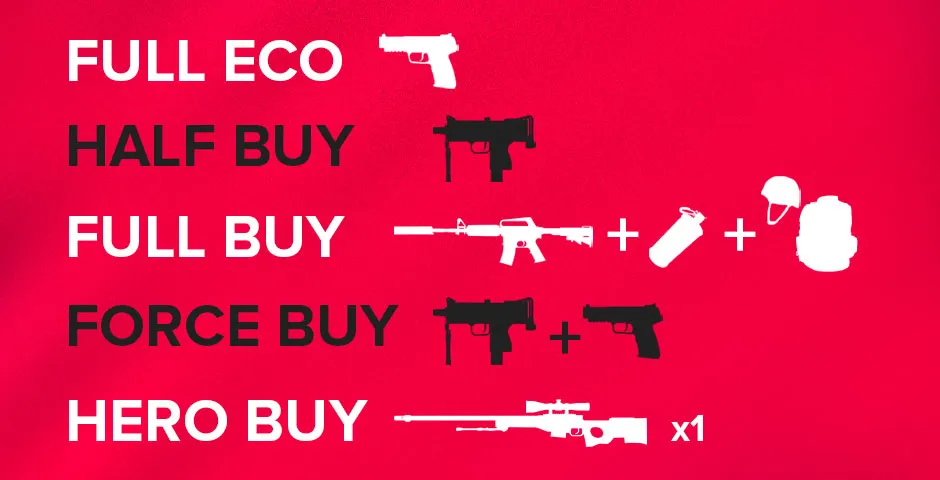
Eco Rounds (Economic Rounds)
An eco round occurs when a team spends minimal money to save for future rounds. Players typically use pistols and avoid purchasing armor or utility to maximize their funds for upcoming rounds.
T-side strategy: Attempt to plant the bomb for extra cash.
CT-side strategy: Try to deal as much economic damage as possible to the enemy team.
Anti-Eco Rounds
An anti-eco round happens when a team expects the opponents to be on an eco. To counter this, players often buy SMGs or buy shotguns to maximize kill rewards and minimize financial risk.
Full Buy Rounds
A full buy occurs when players purchase rifles (like AK-47 or M4A4), armor, full utility (grenades), and a defuse kit (if CT-side). These rounds are decisive since both teams have their best equipment, making them crucial turning points in a match.
Half Buy Rounds
A half-buy is when a team spends only part of their available money to stay competitive in the current round while ensuring they have enough for a full buy in the next round.
Players usually buy pistols, limited armor, and a few grenades.
This strategy is common when a team is on a losing streak and needs to apply pressure while preparing for a stronger round later.
Force Buy Rounds
A force buy happens when a team spends all of their remaining money despite not having enough for a full buy.
Players typically buy weaker rifles (Galil, FAMAS), pistols, and minimal utility.
Force buys can be risky but are necessary when a team cannot afford to let the opponent gain more momentum.
Pistol Rounds and Follow-Ups
Pistol Round: The first round of each half, where players have limited money and usually buy pistols, armor, or a few grenades.
Follow-Up Round: The round after winning a pistol round, where teams buy SMGs or rifles to build their economy further.
Advanced CS Economy Strategies
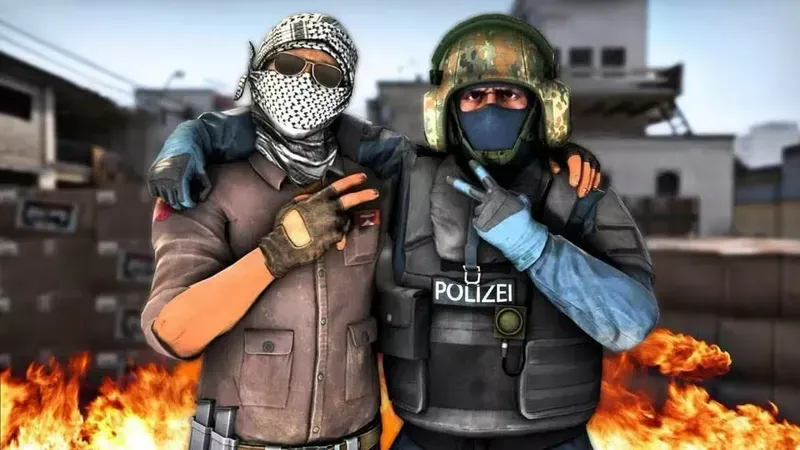
Team Coordination: Always communicate with your team to ensure consistent buy strategies.
Tracking Opponent Economy: Keeping track of the enemy’s economy helps predict their equipment.
Smart Utility Usage: Avoid buying grenades you won’t use.
Armor Considerations: Against rifles like the AK-47, skipping the helmet purchase can save money.
Why Economy Management is Crucial in CS
Effective in-game economy management plays a key role in team success. Players must allocate their resources efficiently across weapons, armor, and utility, balancing between eco rounds (saving money), half-buys, and full buys.
Strategic coordination ensures financial stability and provides a tactical edge over opponents. A team that manages its economy well can maintain consistent pressure, dictate the game’s pace, and secure long-term advantages.
Mastering the Counter-Strike economy is a fundamental skill for players at all levels. By understanding how money is earned, when to buy, and how to adjust based on your team’s and opponents' financial situations, you can significantly improve your team’s chances of winning.


